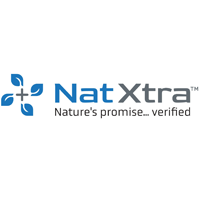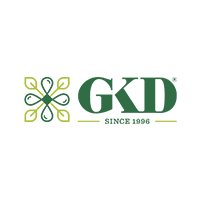When your business stretches across multiple cities or service areas, generic one-size-fits-all SEO simply will not suffice. Agencies like Digital PR World emphasise the distinct demands of multi-location enterprises, such as managing multiple Google My Business listings (now Google Business Profiles) and ensuring each location has its own digital footprint.
Here’s how you can architect an effective SEO strategy for businesses with multiple locations — anchored around key pillars: GMB management, location-based pages, website integration, and PR/influencer alignment.
1. Setup & Optimise Multiple Google Business Profiles
If your business operates in multiple physical locations, each one needs its own Google Business Profile (GBP). Digital PR World explicitly notes that the optimisation of “single / multiple” GBPs is a foundational step: such as verifying each listing, maintaining correct address/phone/hours, ensuring photos and reviews are managed.
Key actions:
Create a separate GBP for each branch, with correct NAP (Name, Address, Phone) and geo-coordinates.
Use bulk location uploads if you have 10+ locations for efficiency.
Monitor and manage reviews, updates, posts and images per location to maintain local authority.
Ensure each location listing has a direct link to its corresponding website page (see next section).
2. Build Location-Based Service Pages on Your Website
Having a dedicated website page for each location and each service at that location is critical. This helps search engines recognise regional relevance and helps users find the right branch. According to local SEO guidance: “you can set up URLs like yourdomain.com/city-name/” to help with multi-location coverage.
Structure your site like this:
A “Locations” landing page listing all branches with links.
For each city/branch: a dedicated landing page (e.g., Branch in Mumbai) including address, map, specific phone number, staff, services offered.
For each service at the location: possibly another page (e.g., Mumbai – Service X) if your service mix differs by location.
On-page SEO: include local keywords (city + service), use schema markup (Local Business) with NAP, embed a map, show branch-specific content.
Digital PR World’s packages for multi-location businesses explicitly include site pages and content sets tailored for each branch.
3. Integrate Location GBPs With Website Pages
To maximise the benefit, link each Google Business Profile to the exact corresponding location page on your website. This establishes a strong signal of local relevance and consistency.
Why this matters:
GBP drives visibility in the Local 3-Pack and Maps searches — so connecting it to your site improves click-through and conversions.
The website page reinforces the GBP by adding content, keywords and local context (photos, neighbourhood mentions, services).
Internal linking: from the website page back to the GBP and relevant service pages helps the user journey.
4. Engage Location-Based PR, Links & Influencers
A strong local SEO strategy isn’t just about listings and pages — it also requires credibility signals: local backlinks, PR mentions, and engagement with influencers in each region. Digital PR World highlights “digital PR & influencer outreach” as part of their mix.
Tactics to implement:
Secure press releases or local news mentions around each branch: e.g., branch launch, event, community activity.
Collaborate with local influencers or micro-influencers in each city/area to generate content (blogs, social posts) tied to the branch.
Build local directory listings, partner citations (local business associations) per location.
Monitor reviews and reputation per branch; encourage satisfied customers to leave reviews, as GBP performance ties to local signals.
5. Monitoring, Reporting & Scale
With multiple locations, monitoring becomes more complex: you need performance metrics (rankings, traffic, leads) branch by branch. You also need to maintain brand consistency while giving each location its own voice.
What to track per location:
Search visibility for “Service + City” and “Brand + City” terms.
GBP metrics: views, clicks, directions, phone calls.
Website metrics: page visits of location pages, bounce rate, conversions (form fills/calls).
Reviews count and rating trends on each GBP.
Local backlink growth per branch.
In summary, if you’re operating across multiple branches or service-areas, simply treating your digital presence like a single-location business won’t unlock full local visibility. By applying the four pillars: multiple Google Business Profiles, location-based website pages, integration between GBP and site, and location-specific PR/influencer outreach;you align with best practices recommended by Digital PR World and other multi-location SEO specialists.






































































